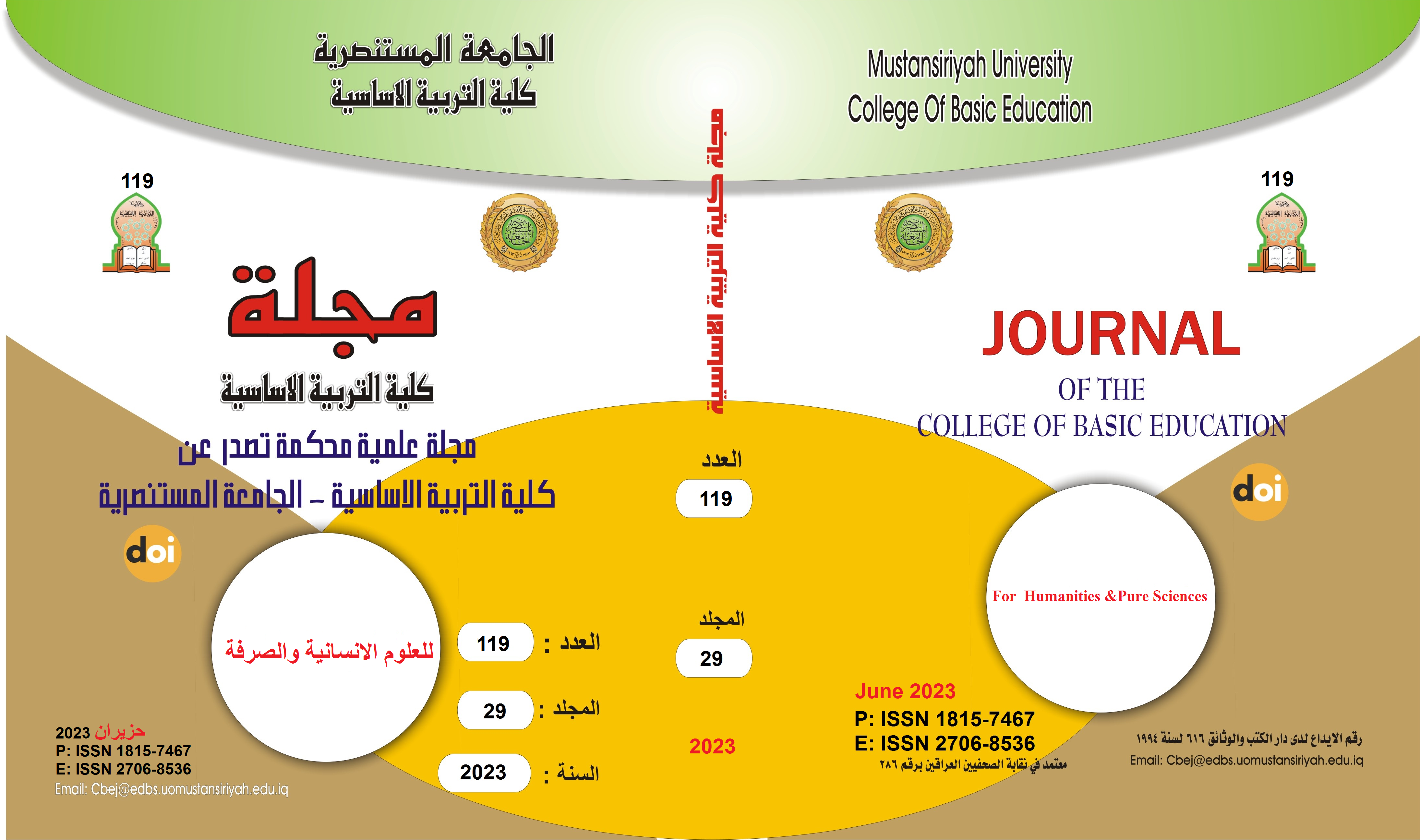Digital school education for children literature Between need and necessity
Main Article Content
Abstract
Teaching Children literature is one of the most vital ways to raise and up bring a child. Which include using artistic and educational works such as videos and different sources of technology through different mediums to teach and influence a child’s brain. Setting principals for a student in the grades of (8-12) is very important for their character. To teach a child and educate them about the value of their country and family is essential to their future. And having these modern day tools to assist us in these educational endeavors is very useful. And in these tough times when covid-19 mandates us to stay home and use online learning makes it so that we have to find innovative and creative ways to up bring and raise our children. My purpose in this research study is to showcase: Synchronous E-Learning, Asynchronous E-Learning and E-learning interactive intelligent which are vital to teach students through these ways that can be adapted by schools and teachers in order to educate our young scholars in a safe and efficient way. Differentiating children literature in on campus studies (old ways) and the new and modern online studying. And measuring the pros and cons of both. And showing the best and most effective ways to teach children literature, especially the vital grades (8-12) in this day and age.
At last, in this research study, we want to improve online learning in children literature and to outweigh the cons of the subject matter. And to make online learning in children literature effective and interactive for students in order to intermingle with the subject and develop their character. To conclude we must keep in mind that online learning is the best substitute for on campus learning at this certain time
Article Details

This work is licensed under a Creative Commons Attribution-ShareAlike 4.0 International License.
